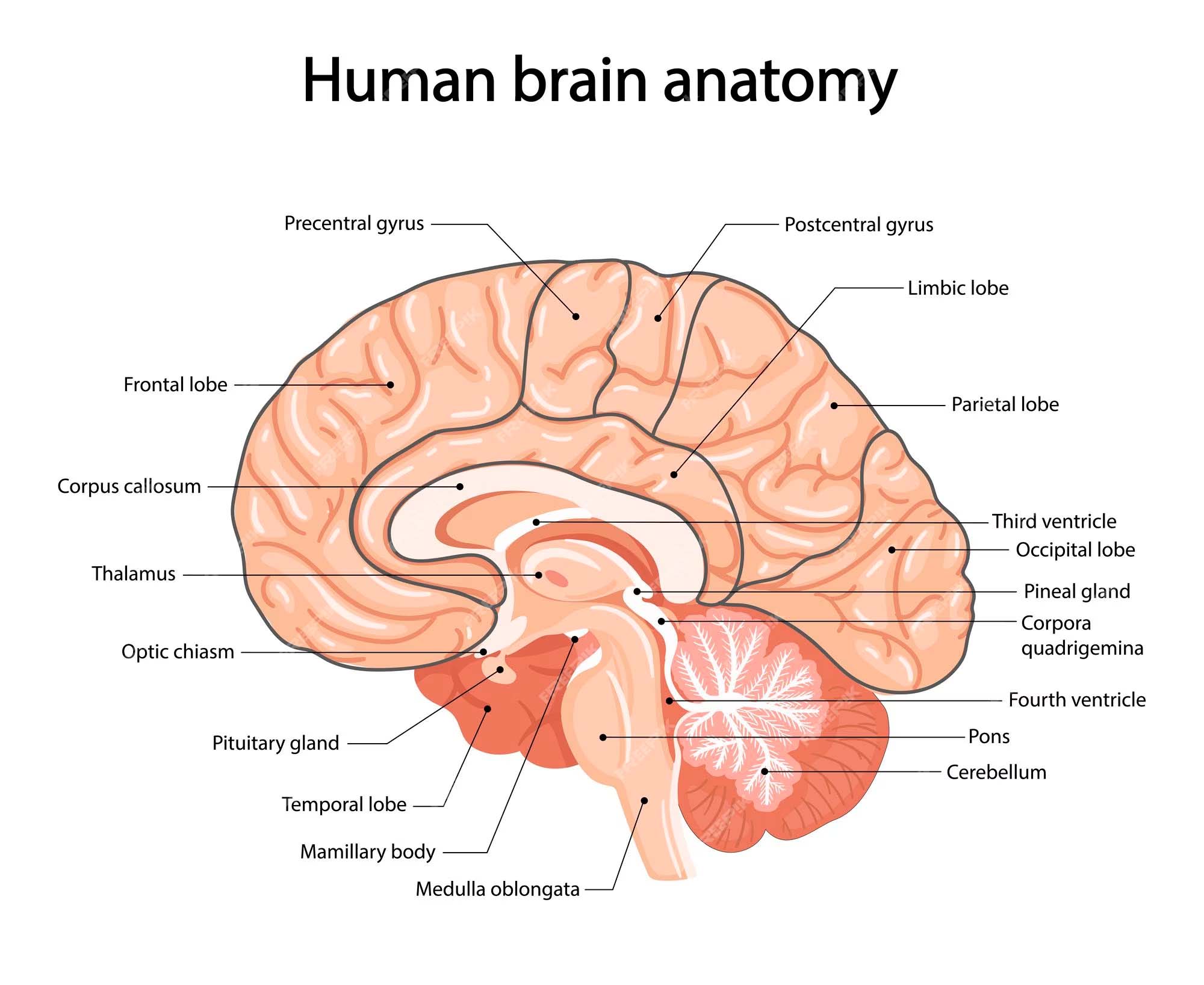Science & Technology
Mysterious Cells in Human Brain
- 19 Oct 2023
- 3 min read
For Prelims: Mysterious Cells in Human Brain, Neurons, Brain Atlas, Brain Cells, Cerebrum, Cerebral Cortex, Synapses.
For Mains: Mysterious Cells in Human Brain, Developments and their applications and effects in everyday life, Achievements of Indians in science & technology.
Why in News?
Recently, an international team of scientists has released a Brain Atlas, mapping the Human Brain in much finer resolution than ever before.
- The brain atlas has identified more than 3,300 types of brain cells.
- The researchers utilized cutting-edge technologies to examine millions of human brain cells obtained from biopsied tissue or cadavers.
What are the Key Highlights of the Brain Atlas?
- Understanding Brain Cells:
- Many new types of neurons were found, but neurons make up only about half the cells in the brain. The other half are far more mysterious.
- Neuron cells use electric signals and chemicals to process information.
- Astrocytes, for example, appear to nurture neurons so that they can keep working properly.
- Microglia serve as immune cells, attacking foreign invaders and pruning some of the branches on neurons to improve their signaling.
- And the researchers found many new types of these cells as well.
- Many new types of neurons were found, but neurons make up only about half the cells in the brain. The other half are far more mysterious.
- Vast Diversity of Brain Cells:
- Much of the brain's diversity is situated outside the cerebral cortex, challenging previous notions.
- Cerebral cortex is the outer layer that lies on top of the cerebrum. Cerebrum is the largest area of the brain. Cerebrum divides the brain into two halves called hemispheres. The hemispheres are attached by a bundle of nerve fibers called the corpus callosum.
- A vast number of the cell types uncovered in the project lie in the deeper regions of the brain, such as the brain stem that leads to the spinal cord.
- Much of the brain's diversity is situated outside the cerebral cortex, challenging previous notions.
- Genetic Variations and Evolution:
- Comparison with brains of other species, including chimpanzees and gorillas, revealed that all cell types in human brains matched those found in our closest primate relatives.
- However, specific genes that become more or less active in humans compared to other apes were identified. Many of these genes are linked to building connections (synapses) between neurons.
What are the Implications of This Study?
- This research offers an extensive dataset for future studies, presenting a remarkable advancement in neuroscience.
- However, understanding the intricacies of the human brain entails not just cataloging its components but also comprehending it as a self-regulating system.







